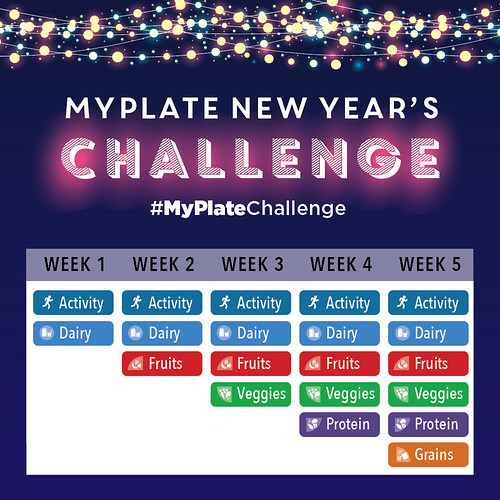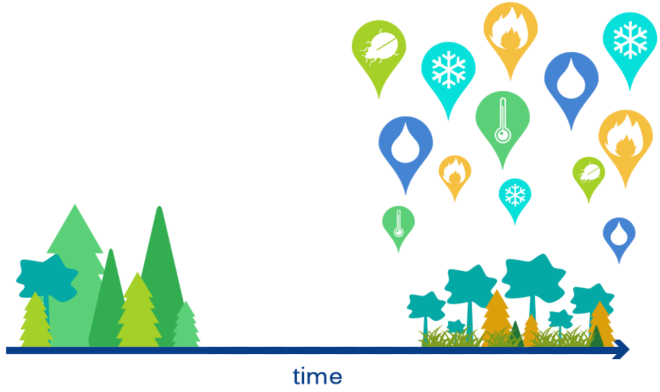
Five questions.
Do you rent out your land for agriculture? If you do, don’t forget about your farm when you’re making your New Year’s resolutions. Here are five questions from USDA’s Natural Resources Conservation Service (NRCS) that you need to ask the folks who rent your land: Do you build organic matter in the soil? Do you test the soil at least once every four years? Do you use no-till practices? Do you use cover crops? What can we do together to improve soil health on your land?
If you’re lucky, you have a renter like John Z. Beiler who rented acres of prime farmland in Port Royal, Pennsylvania. At the landowner’s encouragement John worked with NRCS to address gully erosion, test the farm’s soils, control noxious weeds and comply with highly erodible land and conservation plan requirements.
Practices that included a grassed waterway, a lined waterway, subsurface drainage, an equipment stream crossing and a 35-foot native grass riparian herbaceous buffer.
John also committed to continue no-tilling the farm and planting mixes of diverse cover crops. He had converted to no-till farming long ago and was one of the first farmers in Juniata County to include forage radishes in his cover crop mixes. He did everything he could to build healthy soil on his rented acres.
Sadly, just a few months after implementing these practices, John passed away. A few weeks later, his son, John, went to the local NRCS office to find out how to carry on his dad’s conservation work.
Today, all the practices in the Beilers’ conservation plan are at work. They have an equipment crossing that limits streambank erosion and a native grass buffer on an ag-impaired stream segment that bisects the farm. They continue to test the soils and use no-till and cover crops.
The Beilers have, and are, “building the production capacity and resiliency of their landowner’s soil…resulting in longer-term production and profitability gains through sustainable conservation practices,” according to Barry Fisher, NRCS soil health specialist and an Indiana farmer.
“Finding a farmer who is interested in building organic matter by using practices like no-till and cover crops is like finding a bank with a better rate on a Certificate of Deposit,” said Fisher.
That sounds like a winning New Year’s resolution!



 The Weather & Climate Decision Tools for Farmers, Ranchers & Land Managers Conference was held December 5-7th at the University of Florida. Tool providers from around the country were on hand to demonstrate and educate about a wide-range of climate tools for producers. Extension personnel and other consumers of these tools were able to use the tools first-hand in several Tools Cafe sessions that showcased the tools and provided one-on-one interaction with the experts that designed and programmed the applications. Video of the presentations and other resources are now available
The Weather & Climate Decision Tools for Farmers, Ranchers & Land Managers Conference was held December 5-7th at the University of Florida. Tool providers from around the country were on hand to demonstrate and educate about a wide-range of climate tools for producers. Extension personnel and other consumers of these tools were able to use the tools first-hand in several Tools Cafe sessions that showcased the tools and provided one-on-one interaction with the experts that designed and programmed the applications. Video of the presentations and other resources are now available 




